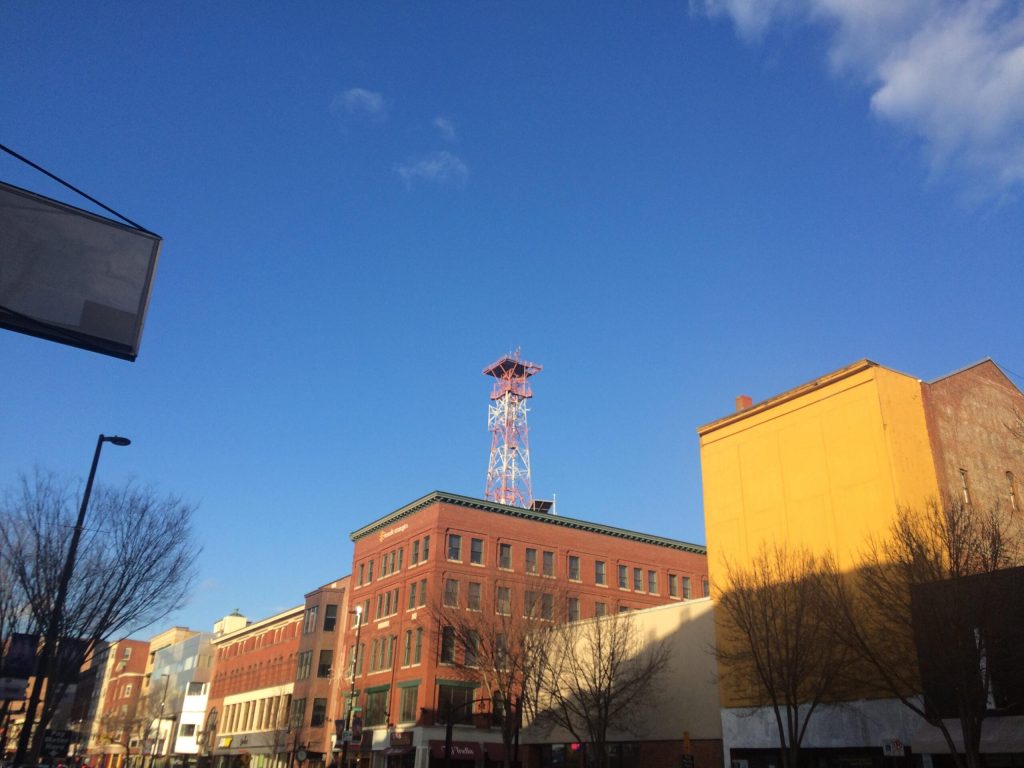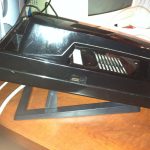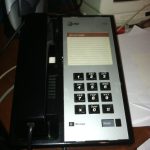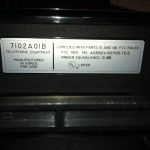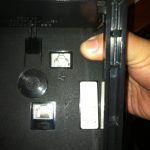More of part two than anything else, for the reason that this device came with the CallMaster I got a couple years ago. Despite the size and dimensions and other similarities, they cannot work together AT ALL.
This had not worked until I got a 302B in early 2017. Wether the 302B will work is still uncertain because it came in a sketchy condition when I received it in that same time.
These “lamps” lit up like a tree because I applied power before plugging them into the four wire DCP port.
This module is called the “Direct Extension Selector” or DXS. It also serves as a classic Direct Station Selector or DSS. What makes this module unique, is the Hundreds Selector. The row 20 buttons below the numbered buttons, is almost like pages. So if you have a 4 digit dialing plan, “31” would be the “3100” range, 32 would be “3200” range. (Ironically these were original to the module, 3100s have been the range for my museum wall for a while; actually the button at “31” is actually “2” because the dialing plan in the house is 3 digits, so for the handful of 200s would be labeled “2” If you have a five digit plan, the numbers would be 3 digits. For 52655, that label would have to be “526”.
Early on in the System 75 PBX era, there were only about 8 to 10 buttons, then later models had up to 20 HGS, short for the Hundreds Group Selector, since the port counts went up as the Definity G1 and G2 grew.
Other vendors have similar modules, and even in the Avaya world, since smaller ends are totally separate technologically than the larger PBX. In the ol Nortel world, they had DSS for their 2250 Attendant console, but it only had up to 100 stations. If you wanted to monitor a bunch of sets, there was this LCD screen that was very ahead of it’s time (the idea that is) but it really wasn’t that easy to manage.



